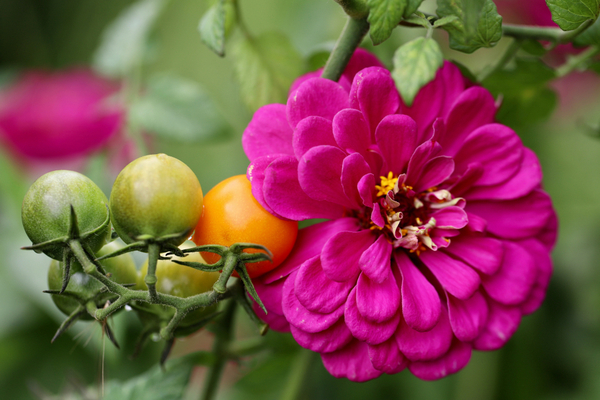We choose our life companions based on a host of factors, some profound (their kindness, intelligence, and so forth), others less so (I really, really liked my husband’s hair when I first met him). And if all goes right, our significant others compel us to be better versions of ourselves.
The plants in our gardens, though, don’t get to choose the company they keep. Sometimes, through no fault of their own, they end up in dysfunctional relationships, setting up house, say, with plants that dwarf them and steal their light. We have the power, though, to set them up with beneficial partners that will enrich them and make them happy. How? Companion planting.
In a nutshell, it’s a gardening strategy that maximizes growth and crops by planting mutually beneficial plants next to each other.
There are a plethora of reasons to start companion planting, including:
- Pest Prevention. A companion plant may be able to protect its partner from pests that are commonly attracted to it.
- Soil Fertility. Nitrogen-fixing plants can help out non-nitrogen-fixing plants.
- Natural Trellising. A tall plant can provide the scaffolding a climbing plant needs.
- Shade Regulation. A tall sun-loving plant can protect a low shade-loving plant.
- Weed Control. Wide ground-covering plants next to upright, thin plants discourages weeds.
- Better Tasting Crops? Some gardeners swear that proper companion planting produces better tasting fruits and veggies.
—
Photo Credit: Molly Shannon / Shutterstock.com
